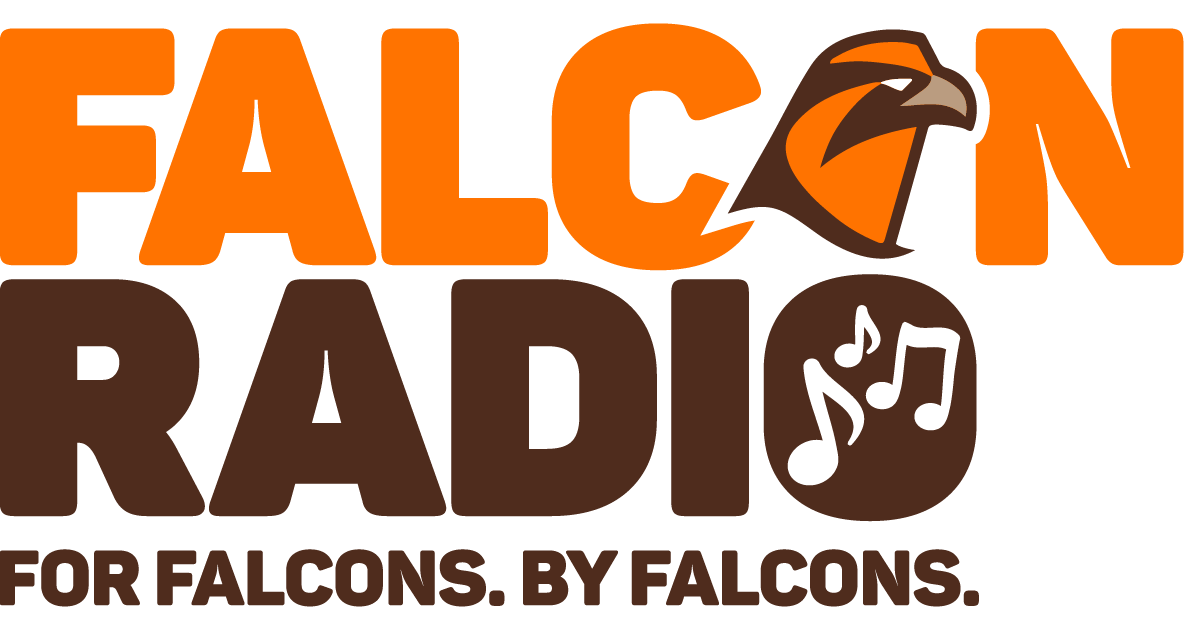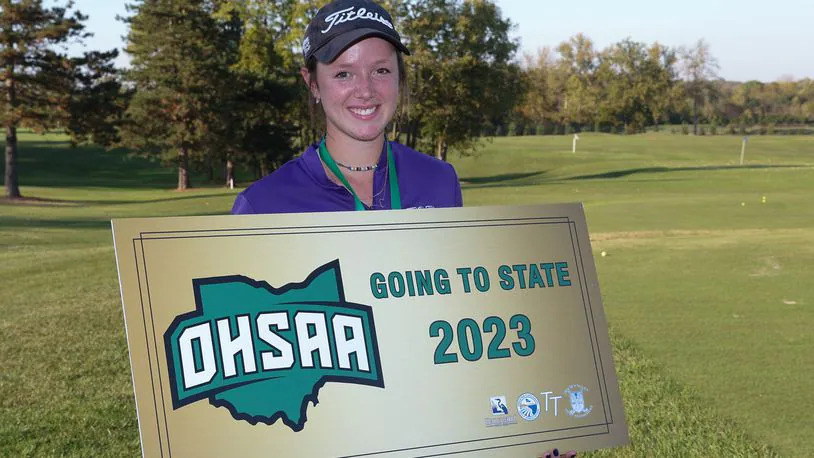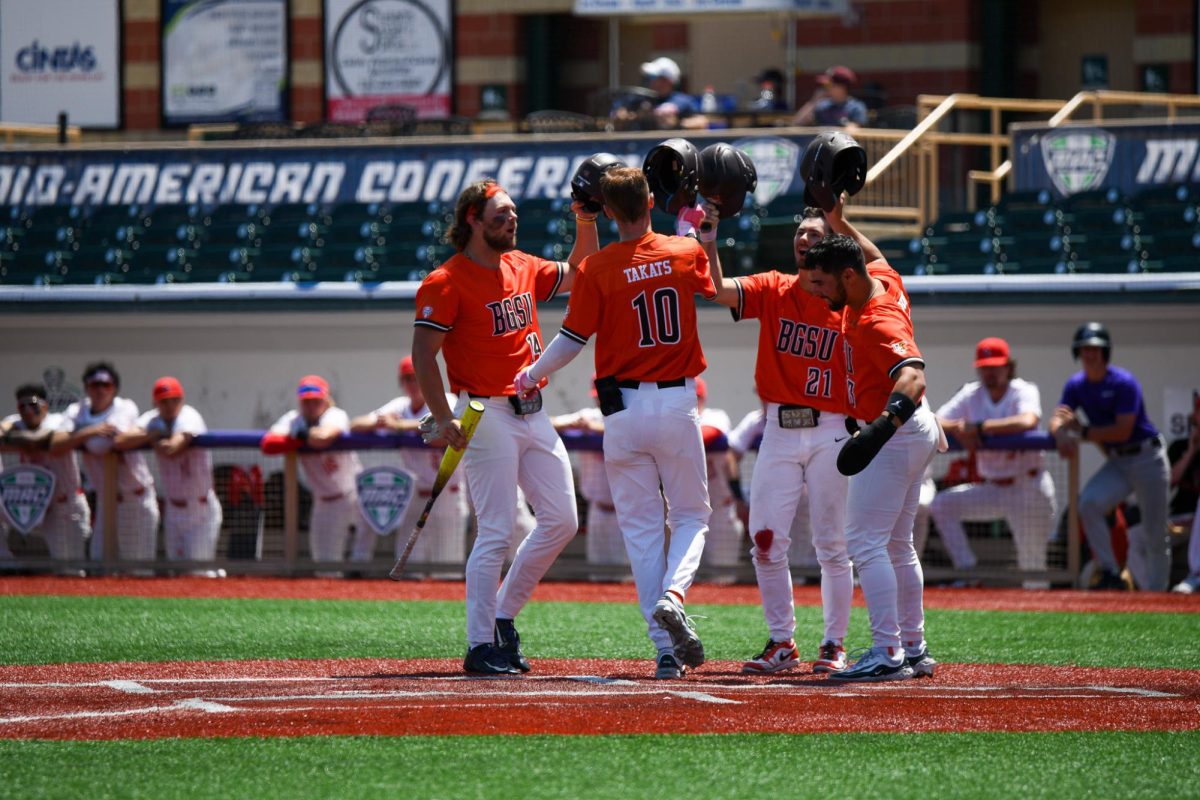With fall sports just around the corner, BGSU has ensured that our athletes’ health and safety are top priority.
A recent addition to the campus’ defibrillator collection has brought the total number of units to 16.
An automatic external defibrillator is “a device that attempts to restore a normal heart rhythm by delivering an electrical shock to the heart,” according to Heart Centers Online.
The Web site also said the device is used “when the heartbeat is dangerously fast due to ventricular tachycardia or ventricular fibrillation (a rapidly quivering heart),” which can lead to cardiac arrest.
Since the start of BGSU’s AED program in February 2003, a defibrillator has only been used on one athlete and unfortunately was unsuccessful, said Kimberly Miller, director of Risk Management at the University.
Miller added that there was a successful usage of the device on a 53-year-old male that suffered a sudden cardiac arrest at Olscamp Hall in March 2004.
The AED program is aimed to “reduce the chance of death for people who experience sudden cardiac arrest,” Miller said.
While not every campus owns an AED, most are aiming to get them, said Doug Boersma, director of Sports Medicine and AED coordinator for Athletics at BGSU.
“This is us being proactive,” Boersma said. “Everyone would like to get one but they are very expensive.”
With a portable unit such as the Medtronic CR Plus costing BGSU around $1,850, it can be pricey for some institutions, but its benefits outweigh the expenditure, according to both Boersma and Miller.
“Statistics show that more than 200,000 Americans die of sudden cardiac arrest every year,” Miller said. “Their chances of survival are greatly enhanced with the presence of an automated external defibrillator.”
Boersma always puts the defibrillators as “high necessity” on their list for funding.
“In recent years, we’re constantly hearing about sudden death in young athletes and I think that has raised huge awareness,” Boersma said “And they’ve made these AED’s user friendly now ” the whole idea that they’re that easy and successful has made them much more popular in college settings.”
The device is made to only administer a shock if the person’s heart rhythm indicates a need for one, therefore, a person with minimal training can use the device and let it decide if a shock is necessary, Boersma said.
He added that, in some cases, certain rhythms are not “shockable” and the only thing anyone can do in those situations is continue CPR and let the Emergency Medical Technicians take over.
Boersma also said the AED gives crucial information, such as numbers indicating the survival rate, in its readings when applied in an emergency situation.
BGSU’s defibrillators are spread out among the different athletic training facilities on campus, as well as at the campus police station.


















